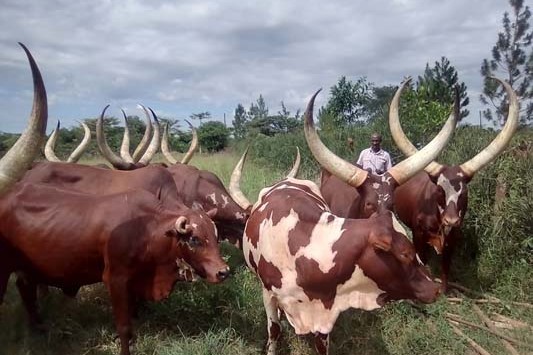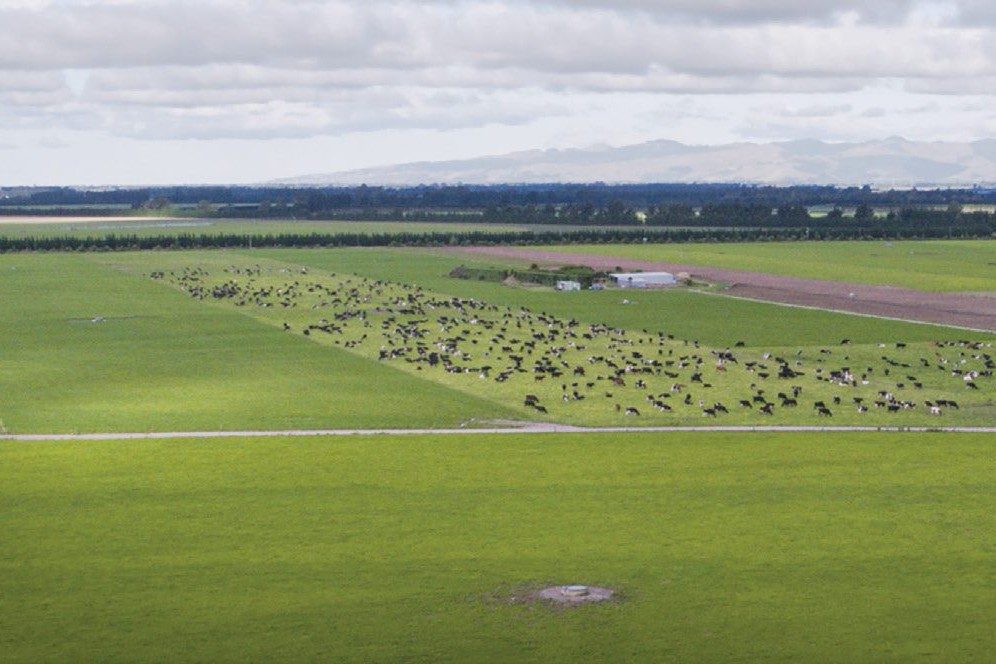Raising young dairy beef animals to be processed before their first winter provides an outlet for bobby calves. By Jackie Harrigan.
Four years ago Massey University researchers piloted the New Generation beef project, with dairy beef cross cattle reared and processed at 8, 10, and 12 months of age with the vision to utilise surplus dairy calves for a young beef product.
The concept was proven as a beef product that is tender and of excellent meat quality and has potential in terms of processability.
It has defined an outlet for bobby calves, providing a worthwhile value chain for them and minimising wastage of the resource.
Masters students working with meat quality researcher Nicola Schreurs investigated meat quality aspects of the carcases and researched how the class of stock might fit into beef farm systems.
“We found it was a very good meat product; with the different ages we were looking at in a pasture-based system the meat produced was still a red beef colour, it was very tender when measured in the lab and had good eating quality, and by aiming at processing before one year of age the stock could be turned over before the next crop of calves were coming through,” Schreurs said.
The next step was to look at how the calves would fit into current farm systems, and investigate what might be the factors that would drive beef finishers to pull those calves from the dairy industry and incorporate them into their systems.
Enter Ethiopian PhD student Addisu Addis who has spent three years at Massey developing a base model of how the systems look now and at the bobby calf pool and incorporating the other stakeholders – the beef cattle rearers, finishers and processors – into a model that will be able to be used to test different aspects of a production system.
“The aim is essentially to see how New Generation Beef can fit into the existing beef production systems,” Addisu said.
Using an optimisation model, Addisu has found that finishers could easily feed the cattle, grow them efficiently (the earlier research measured daily weight gains of 0.8kg/day) and process the cattle before the first winter or to carry them through to 14-15 months to take care of the spring growth flush.
“Addition of supplementary crops can extend finishing to November.”
An optimisation model and an Agent Based Model (ABM) showed increasing profit and pasture utilisation by finishing more of the younger animals per hectare, but the current payment system was a challenge.
Starting with a long term average manufacturing beef price of $4.50/kg limits the uptake of finishing the young beef animals in the modelled system, not a surprising finding, Schreurs said.
“At a manufacturing price for this beef it is pretty obvious that other options of production would be more lucrative, but it does suggest the model is working well and reflecting the real-life situation. To be competitive we would need a portion of the cuts to be sold at premium prices to lift the average price across the whole carcase.”
Addisu used ABM, a modelling system new to animal science but more common in social science, to look at the system from the viewpoint of different agents – different
stakeholders – like the dairy farmers, calf rearers, finishers and processors.
ABM takes into account the interactions and behaviours between the agents with the model able to track the results of changes in interactions – like availability of calves, changes to feed supplies, breed composition, growth rates, and product prices for example.
Addisu said there are lots of other alternatives to explore and to tweak but time constraints for completing his PhD have meant he can’t run every simulation he would wish to.
“We have stopped at the processor – assuming the market exists.”
But Schreurs admits there is a lot of work to be done there – marketing a young beef product, looking at potential markets and setting price points.
Addisu has been mentored by Schreurs, and Professors Hugh Blair, Steve Morris, Paul Kenyon and Dorian Garrick. He is at the point of writing up his thesis but has already made substantial inroads into understanding how a young beef production system life New Generation Beef could work. He has a wife and three children back in Ethiopia – who he hasn’t seen for three years – but once he has submitted his PhD he is committed to carrying on investigating the integration of young beef animals into NZ and international farm systems.
He is also keen to spend a few months pulling on his gumboots and working on a New Zealand sheep and beef farm, to match the theory and modelling with practical on-the-ground farming.
At the end of the project Schreurs said they hope to be able to to understand the trigger points involved in all parts of the value chain and to be able to take calves from the dairy industry, to put them into a finishing systems and pre-empt any hurdles that may arise in the production system.
An early stage production system is being established in the South Island to test the market for young beef. Pasture Pearl has attracted Agmardt funding through its Aotearoa Food and Fibres Challenge and is producing ethically produced grass and milk-fed ‘pearl’ veal, processed at 10/12 months and marketed to high-end NZ restaurants.





